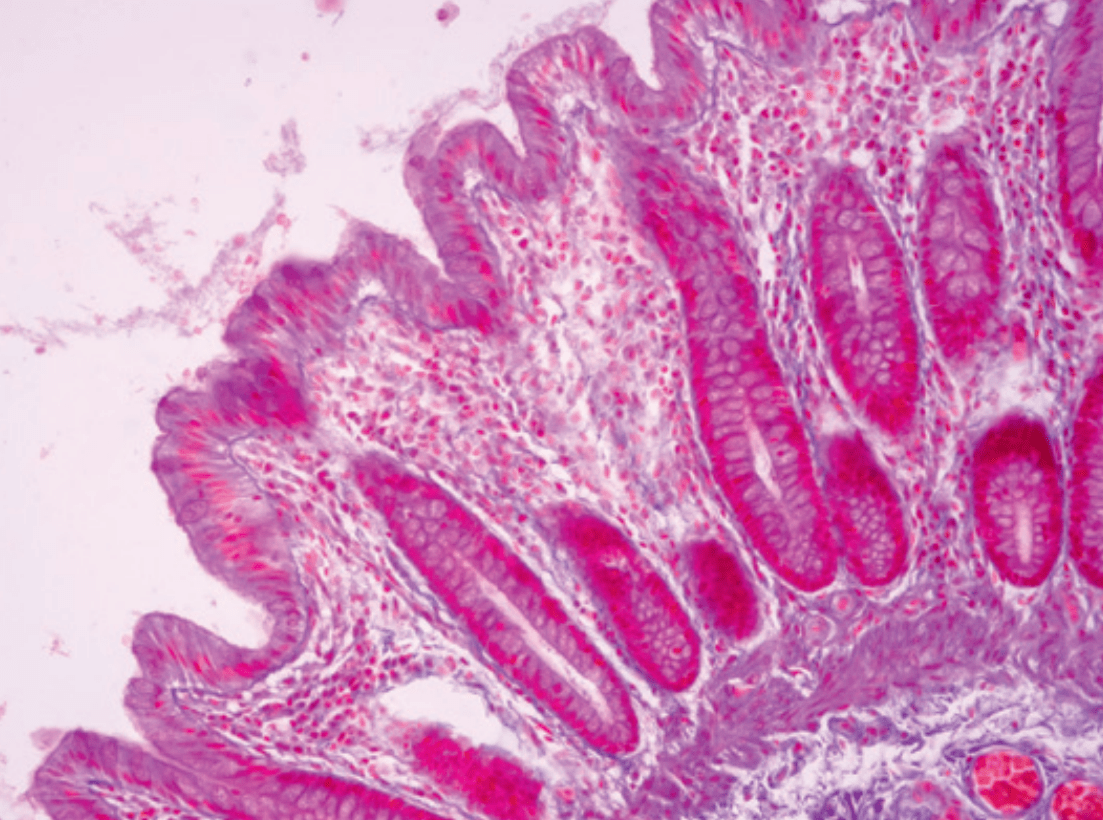Niefarmakologiczne metody wspomagania apetytu
Utrata apetytu towarzysząca procesowi starzenia obserwowana jest u średnio u 20–25% osób po 65. roku życia, przy czym u seniorów przebywających w domach pomocy społecznej, hospitalizowanych odsetek ten jest wyższy (33–34%).
Przyczyny utraty apetytu
Patogeneza utarty apetytu jest wieloczynnikowa, obejmująca aspekty społeczne (samotność), ekonomiczne (ubóstwo), a także przyczyny związane ze stanem chorobowym (polipragmazja, choroby przebiegające ze stanem zapalnym, chemio-, radioterapia, przewlekły ból, dysfagia, ageuzja czy dysgeuzja), psychologiczne (depresja, obniżenie nastroju, fobie), jak również wynikające z procesów inwolucyjnych (zmniejszenie liczby brodawek językowych, zmiany w mięśniówce przewodu pokarmowego, zmiany w regulacji neurohormonalnej)4–5.
Chcesz przeczytać więcej?

Pełna treść artykułu, wraz z załącznikami do pobrania, dostępna jest dla prenumeratorów czasopisma, po zalogowaniu się.
O autorze

dr n. o zdr. Edyta Wernio
czytam artykułyAdiunkt w Zakładzie Żywienia Klinicznego i Dietetyki GUMed. Autor lub współautor licznych doniesień zjazdowych oraz artykułów. Członek Polskiego Towarzystwa Żywienia Pozajelitowego, Dojelitowego i Metabolizmu oraz Polskiego Stowarzyszenia Dietetyków.



